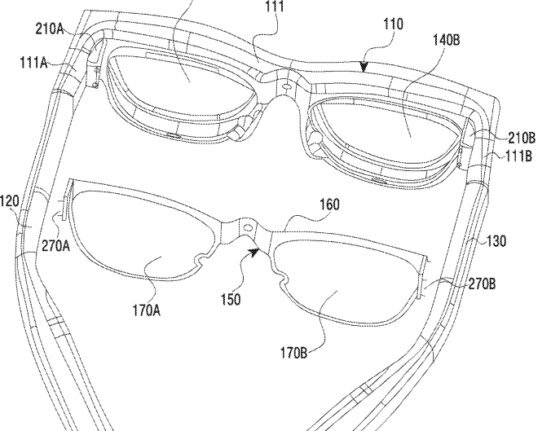The Delhi High Court has upheld the refusal to grant a patent to the Regents of the University Of California relating to a recombinant Salmonella microorganism-based live vaccine for preventing enteric bacterial infection.
Justice Amit Bansal observed that the patent application of the Regents of the University Of California did not make specific disclosures with respect to the insertion or substitution mutations in one or more nucleotides in the genes.
The Assistant Controller of Patents and Designs refused the patent on the ground that the patent application did not fulfil the mandatory requirements under Section 10(4) and 10(5) of the Patents Act 1970 and that the subject matter claimed was not eligible for patent protection in view of Section 3(c) of the Act.
For context, of Section 3(c) states that the mere discovery of a scientific principle or the formulation of an abstract theory or discovery of any living thing or non-living substance occurring in nature cannot be considered as an invention. Section 10(4) provides that the patent application shall contain specifications which shall fully describe the invention and its operation or use and the method by which it is to be performed and disclose the best method of performing the invention which is known to the applicant. Section 10(5) states that the claim of a complete specification shall relate to a single invention, or to a group of inventions linked so as to form a single inventive concept. Further,
Perusing the appellant’s application and claims, the Court noted that the claims of the subject patent application covered various types of loss of function mutations in selected genes of Salmonella microorganisms. It noted that the claim indicates that the target genes do not need to be deliberately mutated as long as the expression of the native gene product is functionally disrupted in some way.
In view of this, the Court opined that the scope of patent application broadened. It remarked, “In my considered view, this broadens the scope of the subject patent application to include any method of gene disruption, not limited to deliberate genetic modifications. Hence, it is crucial to have sufficient disclosure to define the scope of subject patent application and to make sure that the subject patent application does not cover naturally mutated Salmonella microorganism, which is excluded under Section 3(c) of the Act.”
The Court noted that the appellant’s detailed description refers only to the disclosure and example of deletion mutation of S. Typhimurium dam vaccine candidates. It thus stated that the description which is limited to deletion mutations do not fully disclose the inventive contribution in respect of insertion and substitution. It thus held that the subject patent application does not comply with Section 10(4)(a).
“Hence, the above-extracted working example and detailed description, which are limited to deletion mutations, do not disclose the inventive contribution fully that also covers insertion and substitution. Accordingly, in my considered view, the lack of specific disclosures in respect of insertion and substitution mutations results in an insufficiency of disclosure, which renders the subject patent application non-compliant with the mandatory requirements under Section 10(4)(a) of the Act.”
It further noted that the partial disclosure would not be sufficient to enable a person skilled in microbiology to perform the invention as per Section 10(4)(b) of the Act and thus the patent application is not compliant with this provision as well.
“Moreover, in my assessment, such partial disclosure as made in the subject patent application will also not be sufficient to enable a person skilled in the field of microbiology to perform the invention as mandated under Section 10(4)(b) of the Act, without additional guidance. Given that the disclosure itself is incomplete, it cannot be said to be compliant with the requirement to disclose the best method for performing the said invention in terms of Section 10(4)(b) of the Act.”
The Court noted that the three mutations if performed would cover a large number of mutant Salmonella organisms, which has not been clearly defined in the amended claims of the subject patent application.
“In light of my above assessment, I find that the claims of the subject patent application fail to provide a clear and precise definition of the full scope of recombinant Salmonella organisms covered in the subject patent application, even after a conjoint reading of the claims and the complete specification. Moreover, the claiming of insertion and substitution mutation will not be considered to be fairly based on the subject matter disclosed in the specification, on account of the absence of detailed support or working embodiments demonstrating these mutations.”
It held that the patent application also failed to meet the requirements of Sections 10(4)(c) and 10(5) of the Act.
The Court thus upheld the Controller’s order and dismissed the appeal.
Case Title: THE REGENTS OF THE UNIVERSITY OF CALIFORNIA VS. CONTROLLER OF PATENTS (C.A.(COMM.IPD-PAT) 481/2022)







